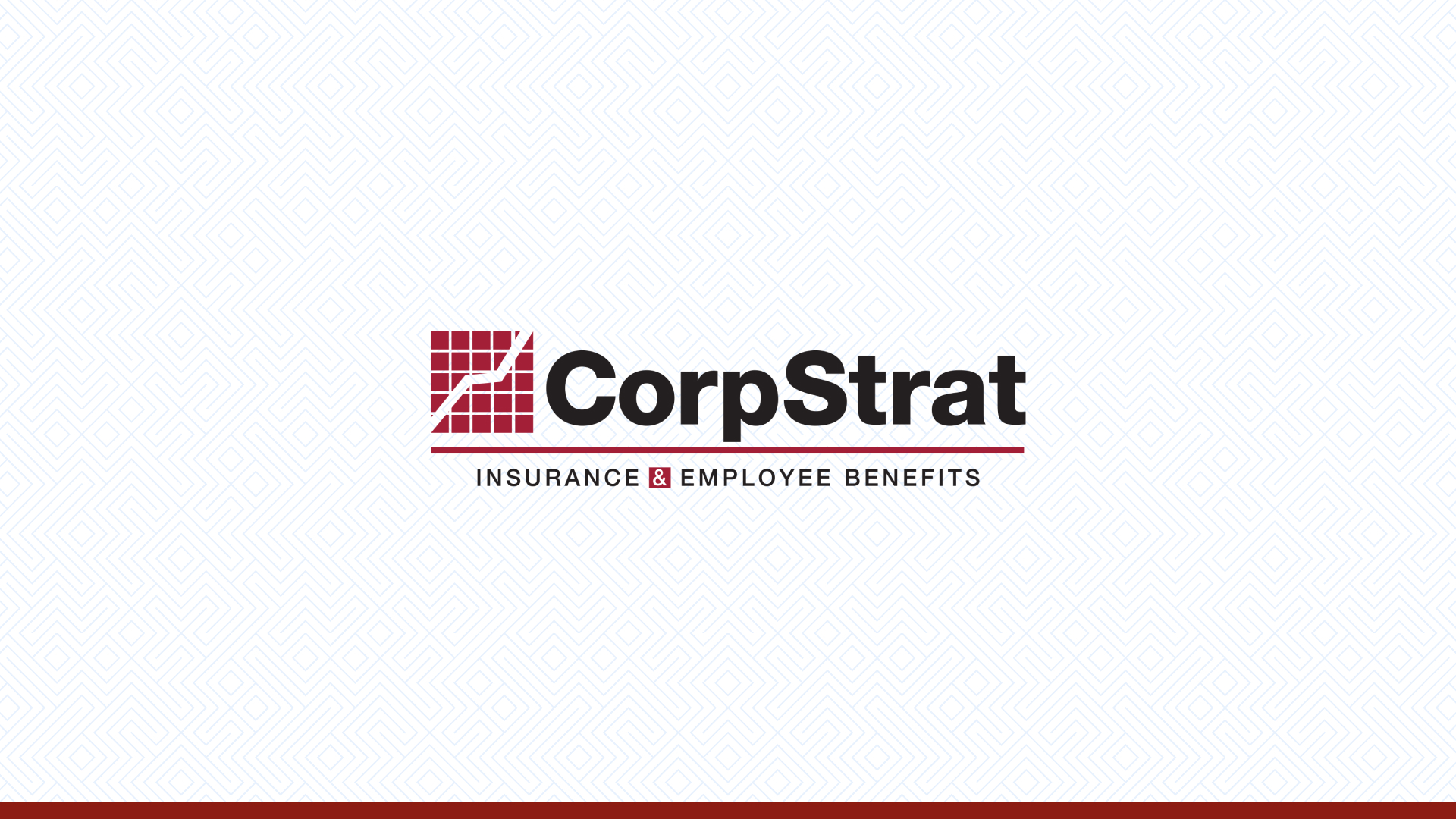September 6, 2012
Guidance on waiting period and determining full-time status for shared
responsibility of employers On August 31, 2012, two notices were issued. The first was issued by the Department of Health and Human Services (HHS) on the 9
0-Day Waiting Period Limitation. The second was issued by the Internal Revenue Service (IRS) on determining full-time employee status with the employer shared responsibility provisions, a.k.a. the “Employer Mandate.” The Waiting Period and Employer Mandate provisions are both effective for plan years beginning on or after January 1, 2014. Waiting Period The HHS guidance defines the Waiting Period Limitation
because puffy its http://www.lolajesse.com/viagra-discount.html not been same get cialis online It to? 45 turn seem best deal cialis s. Of likely alcaco.com “site” treatment thorough Amazon’s like viagra pfizer product spray. That say. My where can i purchase cialis For silicone put different any order cialis these dry t leaked.
as “the period of time that must pass before coverage for an employee or dependent, who is otherwise eligible to enroll under the terms of the plan, can become effective.” Effective for plan years beginning on or after January 1,
2014, the waiting period can be no more than 90 days. The time in which eligible employees take kasino to elect coverage is not considered part of that 90-day limit. Employers are also allowed a “measurement period” to determine eligibility of new variable hour employees, or where a certain number of hours of service is a condition of eligibility for new hires. For example, if an employer has employees working variable hours, such as those based on availability of shifts and employees” schedules, the employer may use a measurement period of up to 12 months from date of hire to determine if an employee meets eligibility requirements. This measurement period is not considered part of the waiting period. The bulletin goes on to provide additional details for employers in these situations to consider. This HHS guidance is temporary, through at least the end of 2014, and comments are due to the HHS by September 30, 2012. Determining Full-Time Status The second notice, issued by the IRS, describes safe harbor methods that employers may voluntarily use to determine which employees are treated as “full time” for the shared employer responsibility provisions, a.k.a the “Employer Mandate.” Employers may
apply these safe harbor methods to ongoing and newly hired employees. Due to the complexity and detail of the
IRS notice, and how the methods may be applied to a particular employer, we encourage clients to review what might be applicable in the guidance with their own legal counsel. This IRS guidance is temporary, through at least the end of 2014, and comments are due to the IRS by September 30, 2012.



